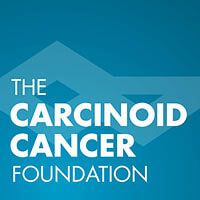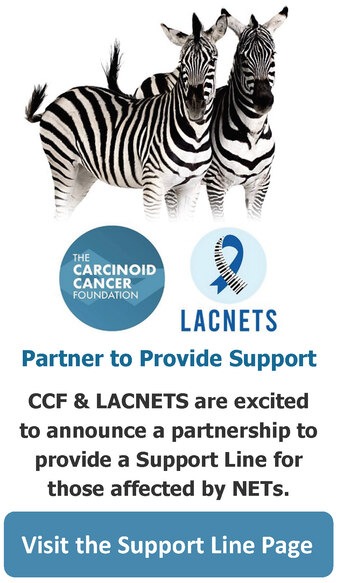As the Carcinoid Cancer Foundation looks back on the year 2012, there were many significant events and advances for the carcinoid and neuroendocrine tumor (NET) community. Here are 10 of the year’s important stories:
1) NET Cancer Day, November 10, 2012
The third Worldwide NET Cancer Awareness Day brought greater awareness of NET cancers to people in Australia, Asia, Europe, South America, North America, and Africa. This year’s awareness campaign centered on a series of cartoons that encouraged people to learn 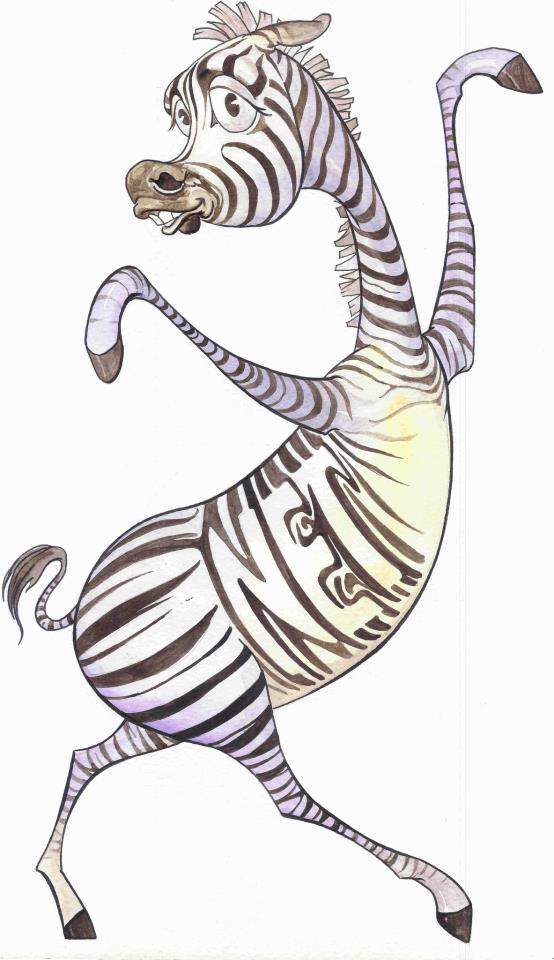 more about the diagnosis and treatment of NETs. A virtual NET Picture Party through the NET Cancer Day Facebook page and website featured individuals, organizations, and businesses around the world as they participated in walkathons, gala dinners, flash mobs, conferences, concerts and more — all to educate about these rare diseases. In the United States 35 US Governors issued proclamations or letters of support for NET Cancer Day and for the very first time a bill was signed by a Governor, Chris Christie of New Jersey, designating every November 10 as “Neuroendocrine Tumor Awareness Day.”
more about the diagnosis and treatment of NETs. A virtual NET Picture Party through the NET Cancer Day Facebook page and website featured individuals, organizations, and businesses around the world as they participated in walkathons, gala dinners, flash mobs, conferences, concerts and more — all to educate about these rare diseases. In the United States 35 US Governors issued proclamations or letters of support for NET Cancer Day and for the very first time a bill was signed by a Governor, Chris Christie of New Jersey, designating every November 10 as “Neuroendocrine Tumor Awareness Day.”
With special thanks to the sponsors of the Worldwide NET Cancer Awareness Day Alliance and NET Cancer Day: Novartis Oncology, founding sponsor; Ipsen; and Pfizer.
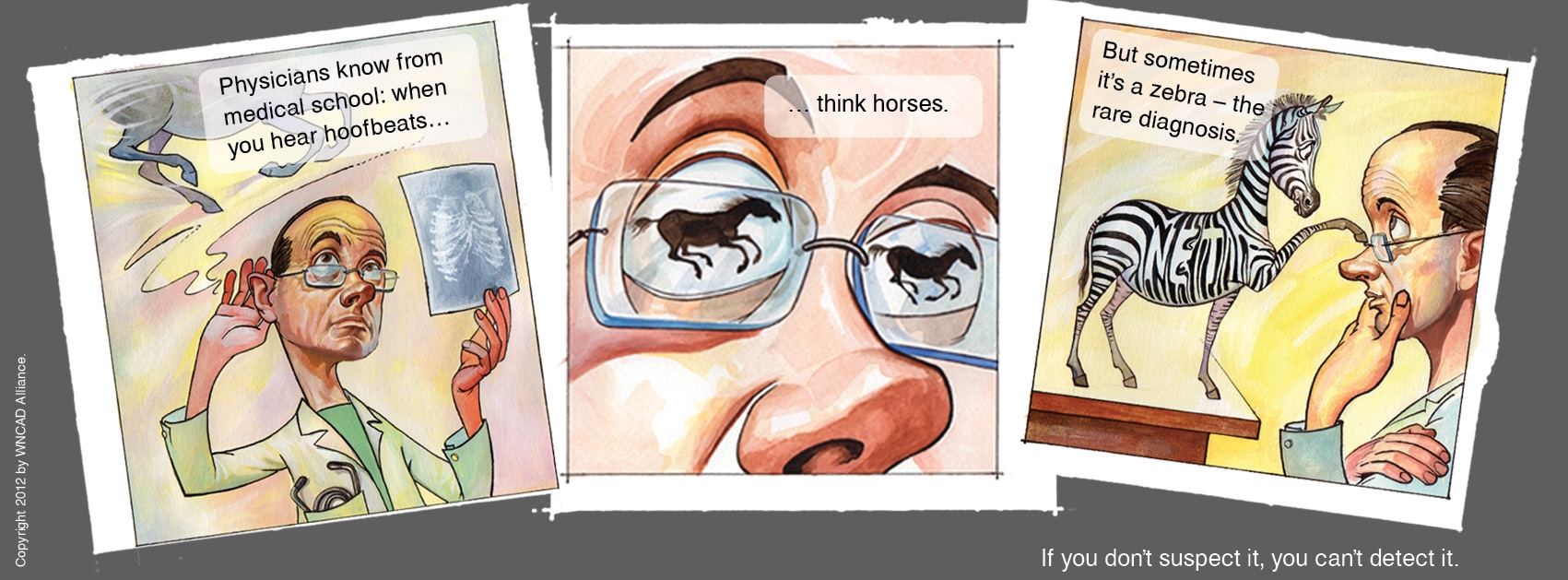
2) Gallium-68 Scan in Clinical Trials
Neuroendocrine tumor patients had the opportunity to participate in the first two US clinical trials of the Gallium-68 scan. Vanderbilt University Medical Center in Nashville, Tennessee, was the first US facility to receive FDA approval to study the effectiveness of the 68 Gallium PET/CT scan in diagnosing and treating neuroendocrine tumors. According to Vanderbilt, “68Ga-DOTATATE PET/CT scan is the next generation of radioactive imaging that offers a much higher resolution and sensitivity in locating tumors.” Read more here.
A study on the Safety and Efficacy of 68Ga-DOTA-tyr3-Octreotide (GA-68) is currently in clinical trial at the University of Iowa and is recruiting patients. Read more here.
3) First Mobile App for NETs
My NET Manager, a free app provided by Novartis Oncology, is the first mobile app for carcinoid cancer and neuroendocrine tumor (NET) patients, available for downloading on the iPhone, iPad, iPod touch (3rd, 4th or 5th generation) and Android. This app offers patients a unique opportunity to track their symptoms, set reminders, access test results, and view important dates. Also included are a medication tracker, an insurance tracker, a place to list physicians’ names and contact information, information about NETs, including a glossary, and more! Currently this app is only available in the United States but Novartis is exploring expanding the app in other countries. When you search in the app store, type in My NET Manager Novartis.
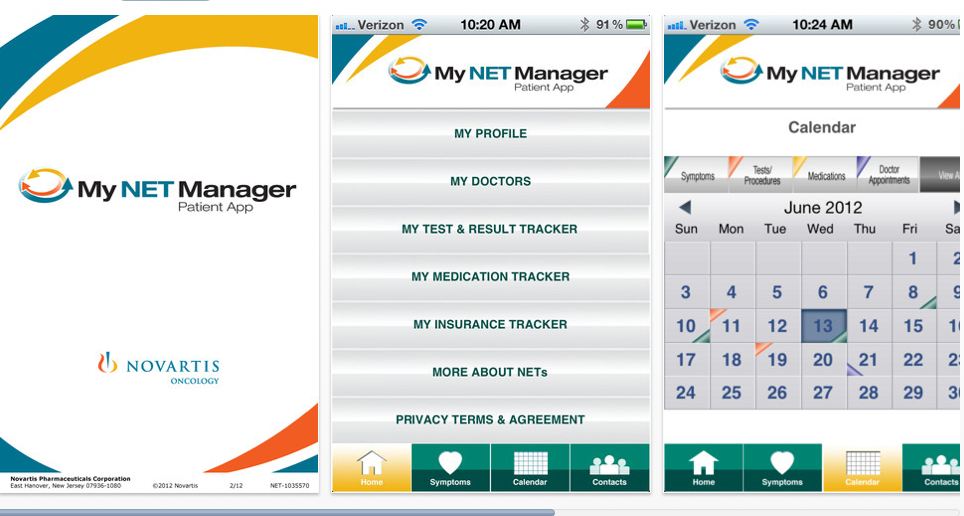
4) New Plasma Test for 5-HIAA
Dr. Eugene Woltering of the Ochsner Neuroendocrine Tumor Program in Kenner, 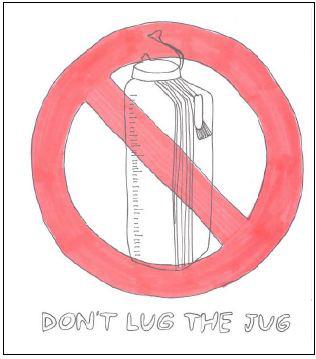 Louisiana; Dr. Vay Liang (William) Go, Director, UCLA Center for Excellence in Pancreatic Diseases; Dr. Aaron Vinik, Director of Research and Neuroendocrine Unit, Eastern Virginia Medical School Strelitz Diabetes Research Center; and Dr. Thomas O’Dorisio from the University of Iowa worked with the scientists at InterScience Institute (ISI) in California to develop a plasma 5-HIAA assay. According to Dr. Woltering writing in the NOLA Jazzy Zebra newsletter, “This new assay offers a more convenient alternative to the 24-hour urinary 5-HIAA assay, which generally takes patients 2 days. Benefits of the plasma 5-HIAA assay include overnight fasting vs. patients abstaining from certain food and drugs 48-hours prior to testing. In addition, the plasma 5-HIAA can be drawn at the same time as the patient’s routine biomarkers vs. patients collecting their urine for a period of 24-hours in a container that must be kept refrigerated. The CPT code for this test is 82542.”
Louisiana; Dr. Vay Liang (William) Go, Director, UCLA Center for Excellence in Pancreatic Diseases; Dr. Aaron Vinik, Director of Research and Neuroendocrine Unit, Eastern Virginia Medical School Strelitz Diabetes Research Center; and Dr. Thomas O’Dorisio from the University of Iowa worked with the scientists at InterScience Institute (ISI) in California to develop a plasma 5-HIAA assay. According to Dr. Woltering writing in the NOLA Jazzy Zebra newsletter, “This new assay offers a more convenient alternative to the 24-hour urinary 5-HIAA assay, which generally takes patients 2 days. Benefits of the plasma 5-HIAA assay include overnight fasting vs. patients abstaining from certain food and drugs 48-hours prior to testing. In addition, the plasma 5-HIAA can be drawn at the same time as the patient’s routine biomarkers vs. patients collecting their urine for a period of 24-hours in a container that must be kept refrigerated. The CPT code for this test is 82542.”
5) NET Conferences and Webinars from Coast to Coast
Educational events about carcinoid and related NETs abounded in 2012.
- The first conference in 2012 took place in San Francisco when the NorCal CarciNETs
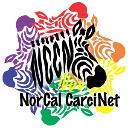 Support Group and the UCSF Helen Diller Family Comprehensive Cancer Center hosted a NET Patient Half Day Conference on the latest developments in NET cancers.
Support Group and the UCSF Helen Diller Family Comprehensive Cancer Center hosted a NET Patient Half Day Conference on the latest developments in NET cancers.
- In March the Caring for Carcinoid Foundation presented a half-day Patient Education Conference at Cedars-Sinai Medical Center in Los Angeles focusing on new treatment options for patients, advances in liver-directed therapies, and CFCF’s first patient-moderated panel addressing both medical and non-medical approaches to living with cancer.
- CNETS Canada, Carcinoid and NeuroEndocrine Tumour Society Canada, presented its International Conference for Patients and Medical Professionals in Ottawa, Canada. The theme of the May conference was “Closing the Gap Between What Is and What Might Be for the NET Cancer Community.”
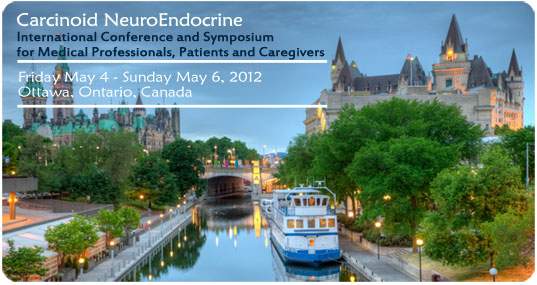
- The New England Carcinoid Connection’s June conference addressed what’s new in treatments and clinical trials; interventional radiology, chemo, bland and radio embolization; and carcinoid-related surgeries.
- An International Symposium on Pheochromocytoma in June sponsored by the National Institute of Child Health & Human Development and the NIH Office of Rare Diseases Research was unique in addressing both adult and pediatric issues, while giving primary care providers a complete picture of the disease and the opportunity to meet many patients, families, and researchers from around the world. The international researchers helped enlarge the knowledge base for diagnosing and treating Pheochromocytoma and Paraganaglioma in both pediatric and adult patients.
- A free webinar in June featured carcinoid/NET specialist Dr. James C. Yao, Associate Professor and Deputy Chairman of Gastrointestinal Medical Oncology at MD Anderson Cancer Center in Texas, discussing treatment approaches and research developments for pancreatic neuroendocrine tumors. The webinar was sponsored by the Pancreatic Cancer Action Network.
- “Imaging of Neuroendocrine Tumors and Obstacles to Diagnosis,” a free webinar for physicians and healthcare providers including radiologists, oncologists, gastroenterologists, endocrinologists, and other healthcare providers who diagnose and treat patients with NETs, was presented by Dr. Eric H. Liu, Director of the Neuroendocrine Center at Vanderbilt University Medical Center in Nashville, Tennessee. The webinar was also open to the public and an archived version is now available for viewing.
- The North American Neuroendocrine Tumor Society (NANETS), the professional organization dedicated to improving neuroendocrine tumor (NET) disease management through increased research and educational opportunities, co-sponsored a regional conference in Mobile, Alabama, along with the Mobile Infirmary Medical Center in Mobile, Alabama, in February, and a symposium in California, co-sponsored with the University of Texas, MD Anderson Cancer Center in October.
- Ochsner Medical Center-Kenner in Louisiana and The Carcinoid Cancer Awareness Network (CCAN) welcomed more than 400 patients, caregivers and physicians for the 2012 National Patient Conference in New Orleans in September. Over 20 physicians presented on topics ranging from the basics of carcinoid/NETS to new, “cutting edge” developments in the field of NETs.

- In December, a first-of-its-kind conference, the International Consensus Conference: NET-Liver-Metastases, took place in London at the Royal College of Physicians. Topics covered included: natural history and epidemiology of NETs, histopathological classification, role of molecular biology, diagnosis of liver metastases, surgical treatment of liver metastases, and non-surgical treatment.
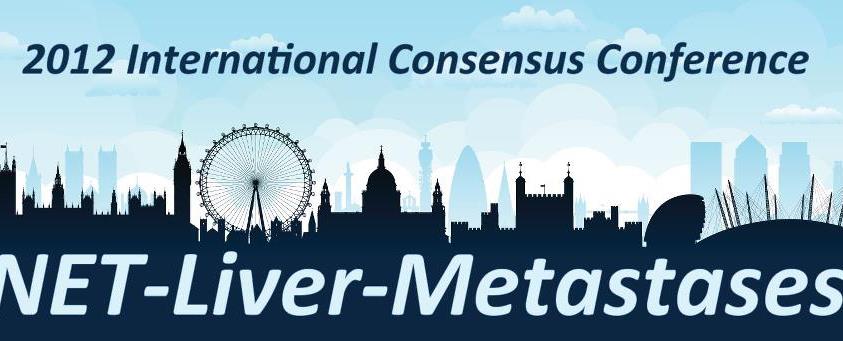
- In conjunction with NET Cancer Day, the Abramson Cancer Center of the University of Pennsylvania and the Caring for Carcinoid Foundation presented the 2nd Focus on Neuroendocrine Tumors: Patient & Caregiver Conference in November.
6) Warner Advocacy Award
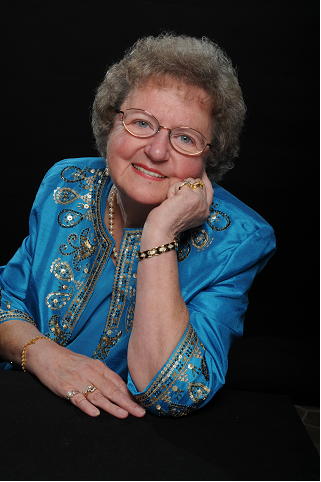 When “Sunny Susan” Anderson began her search on the Internet in 1995 for information about carcinoid cancer little did she realize that she would later create the first carcinoid patient website and become an extraordinary advocate for others seeking information and support. Susan has been selected as the 2012 Winner of the Warner Advocacy Award, established by Novartis Oncology in 2009 to commemorate the life and work of the late Monica Warner of the Carcinoid Cancer Foundation. The Warner Advocacy Award is presented annually to honor the patient, advocate, or caregiver who most embodies the passion, dedication, leadership, and spirit with which Monica Warner assisted patients, caregivers, and families affected by NETs.
When “Sunny Susan” Anderson began her search on the Internet in 1995 for information about carcinoid cancer little did she realize that she would later create the first carcinoid patient website and become an extraordinary advocate for others seeking information and support. Susan has been selected as the 2012 Winner of the Warner Advocacy Award, established by Novartis Oncology in 2009 to commemorate the life and work of the late Monica Warner of the Carcinoid Cancer Foundation. The Warner Advocacy Award is presented annually to honor the patient, advocate, or caregiver who most embodies the passion, dedication, leadership, and spirit with which Monica Warner assisted patients, caregivers, and families affected by NETs.
7) NETs on Television
Tannis Brown, a pheochromocytoma patient and Vice President of the Pheo Para
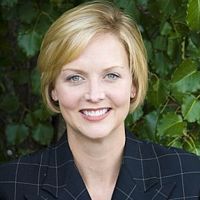
Tannis Brown, pheochromocytoma patient, was featured on Discovery Fit & Health TV show
Troopers, was featured on the Discovery Fit & Health Network on July 9 in a program titled Diagnosis: Dead or Alive.* The 60 minute show focused on Jordan, a college athlete who is in his prime when he notices that he has bleeding gums and bruises that won’t heal, and Tannis, who has headaches and high blood pressure that her doctors wrongly diagnose as stress.
We were very excited to announce that a carcinoid patient was appearing on the Dr. Oz Show. It was a show about stomach cancer. To the great disappointment of us all, carcinoid was never mentioned in the show. Lisa, the carcinoid patient who appeared in the opening segment, described her symptoms but there was no mention of carcinoid. Lisa had been taped for two days. She posted on the Carcinoid Cancer Foundation’s blog: “I am the carcinoid cancer patient that was on Dr. Oz. It was a great experience. Just wish I could have spoken more about carcinoid.” Watch Lisa here.
8) First NET Patient Advocate Summit
Thanks to the generosity of sponsor Novartis Oncology, NET Patient Advocates from around the world held their first Summit in Vienna in September. Representatives of organizations from Australia, Singapore, Japan, Colombia, the United Kingdom, Italy, Belgium, the United States, Canada, Norway, Sweden, Bulgaria, Germany, France, and the Netherlands convened to discuss topics such as challenges faced by NET patient advocate groups; best practices in areas including media, patient surveys, education, recognition, tumor board videoconferencing, and social media; preparing patient education materials; public relations/media relations; and “Addressing Key Challenges of Maintaining an International Disease Awareness Platform” with guest speaker Jan Geissler, Chair, LeukaNET/ Leukamie-Online, Germany and co-founder, CML Advocates Network. The group also spent time discussing NET Cancer Day 2012 and plans for NET Cancer Day 2013.
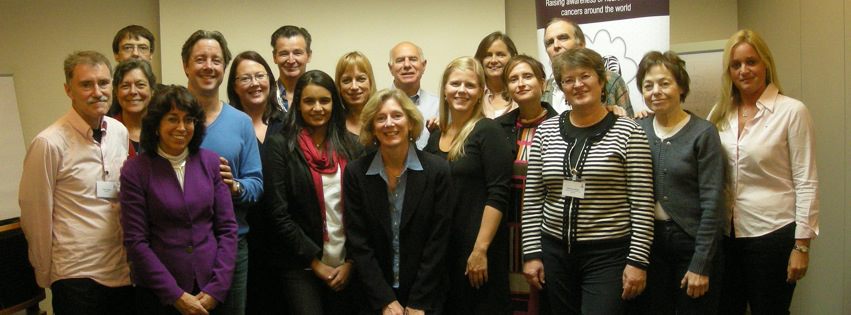
NET Patient Advocates from around the world met for the first Summit of its kind in Vienna, Austria in September 2012.
9) Twitter Chat on Rare Disease Day
A Twitter chat about NET cancers with Steven K. Libutti, MD, Director of Montefiore Einstein Center for Cancer Care in New York was held on Rare Disease Day, February 29, 2012. The Carcinoid Cancer Foundation, the Carcinoid Cancer Awareness  Network and the VHL (Von Hippel-Lindau) Family Alliance served as moderators for the chat.
Network and the VHL (Von Hippel-Lindau) Family Alliance served as moderators for the chat.
10) Oncolytic Virus, a Possible Cure for Neuroendocrine Cancer, Draws Media Attention
Researchers at Uppsala University in Sweden are ready to start a clinical trial for up to 20 NET cancer patients but need funding to make the trial possible. For $1.6 million (1 million pounds) an oncolytic virus that has the potential to cure neuroendocrine cancer can be named for the donor. The idea to name the virus after a person is thanks to British author Alexander Masters, whose dear friend has pancreatic neuroendocrine tumor cancer, the same type of cancer that took the life of Steve Jobs of Apple a little over a year ago. Media coverage about the oncolytic virus and the opportunity for a donor to have it named for a loved one has been extraordinary – resulting in greater awareness of NET cancers throughout the world. The campaign to raise funds went viral in social media thanks to the extraordinary efforts of the iCancer Virus team, led by Alexander Masters, with Liz Scarff, a campaigning digital and social media expert; Dominic Nutt, who has the same type of cancer as Steve Jobs; and Colin Midson, a literary publicist and friend of Alexander Masters.
In the United States, one of the champions of the campaign is Catherine Cooling Davis, who in her blog, Let’s Cure Neuroendocrine Cancer, writes “ . . . there is one thing that gives me hope, and it is a potential cure. . . . I hope that within my lifetime we can work together to cure this cancer and many others. “
Read more here, learn about the research by Professor Magnus Essand at Uppsala University here: http://www.uu.se/en/support/oncolytic/.
